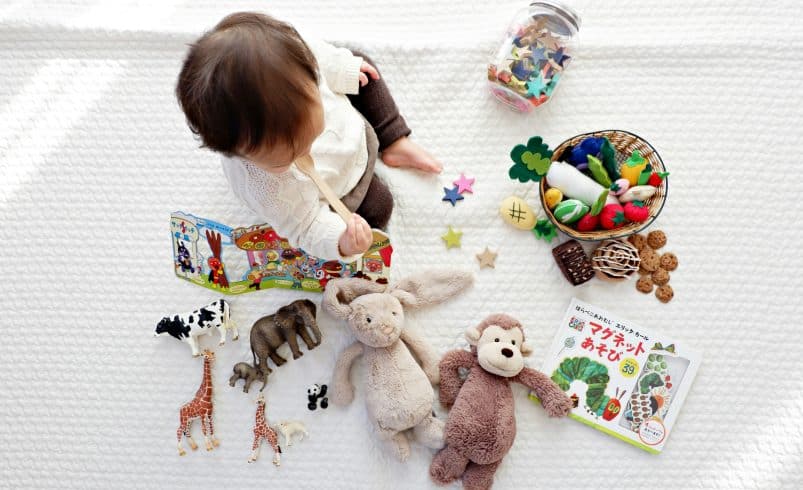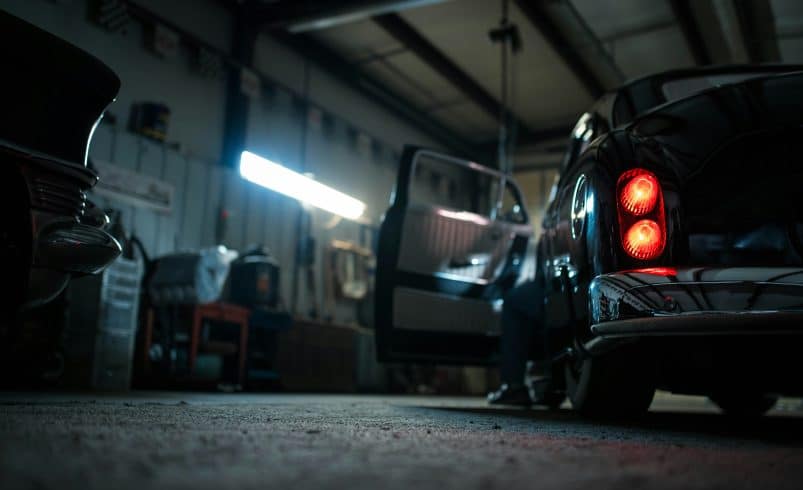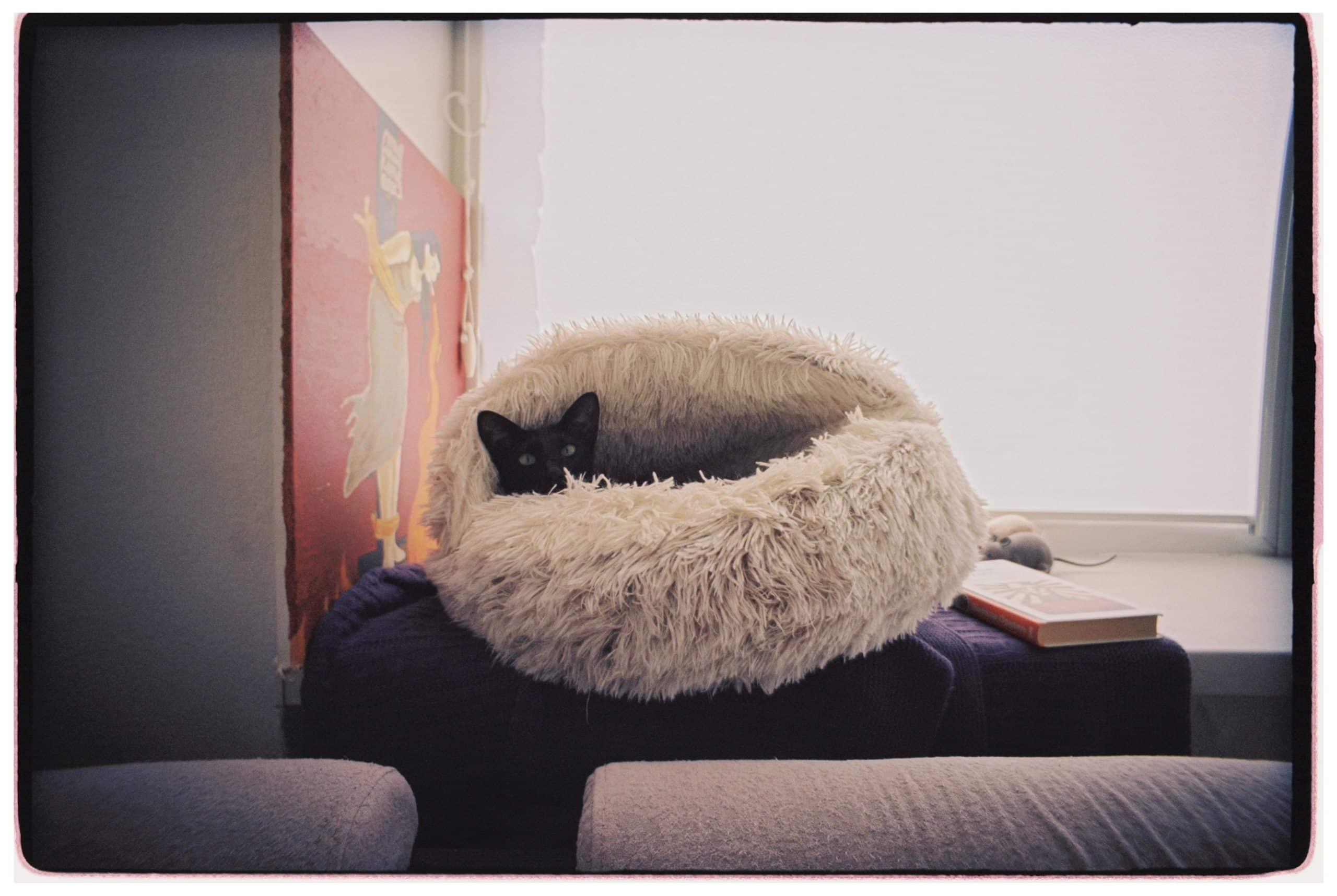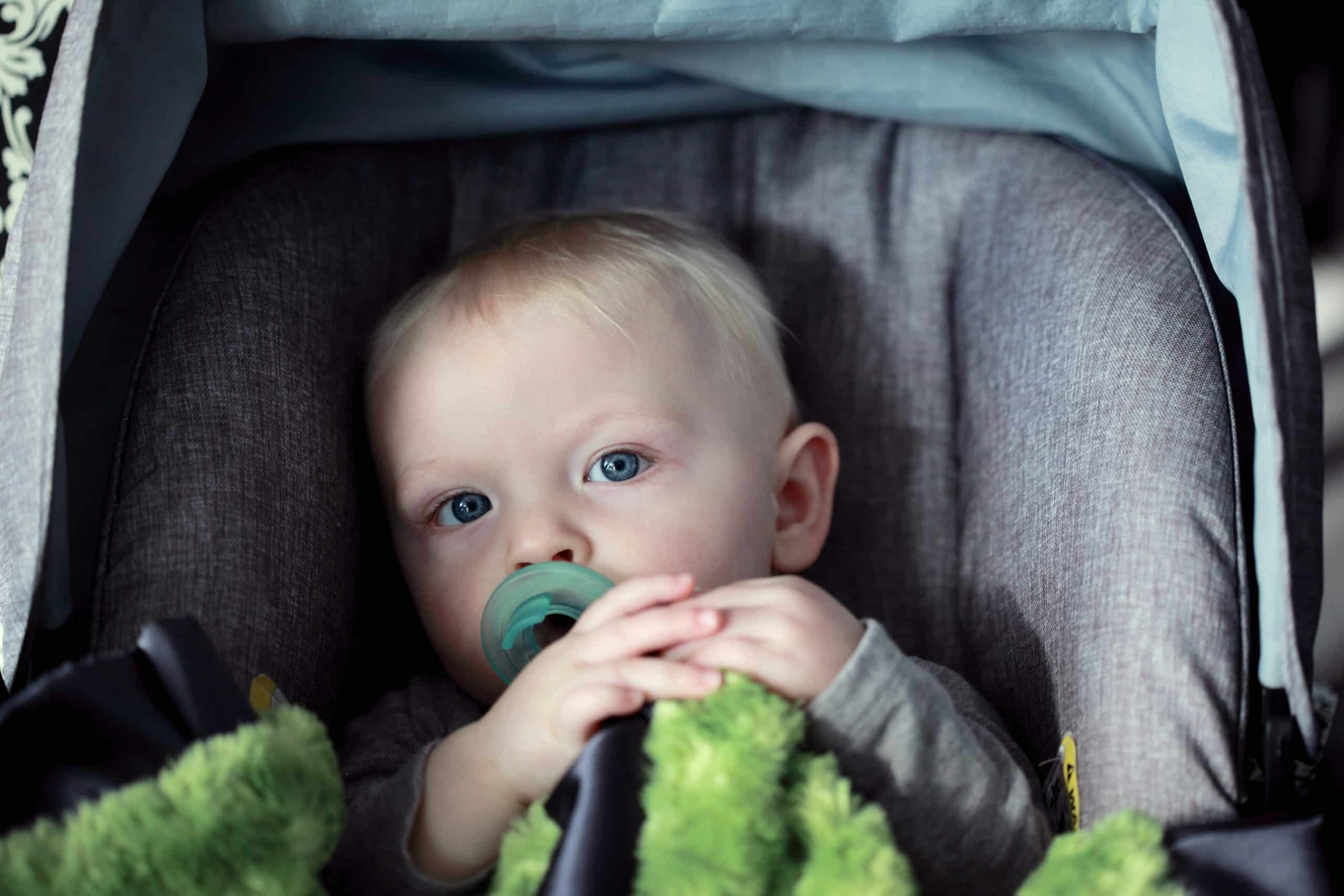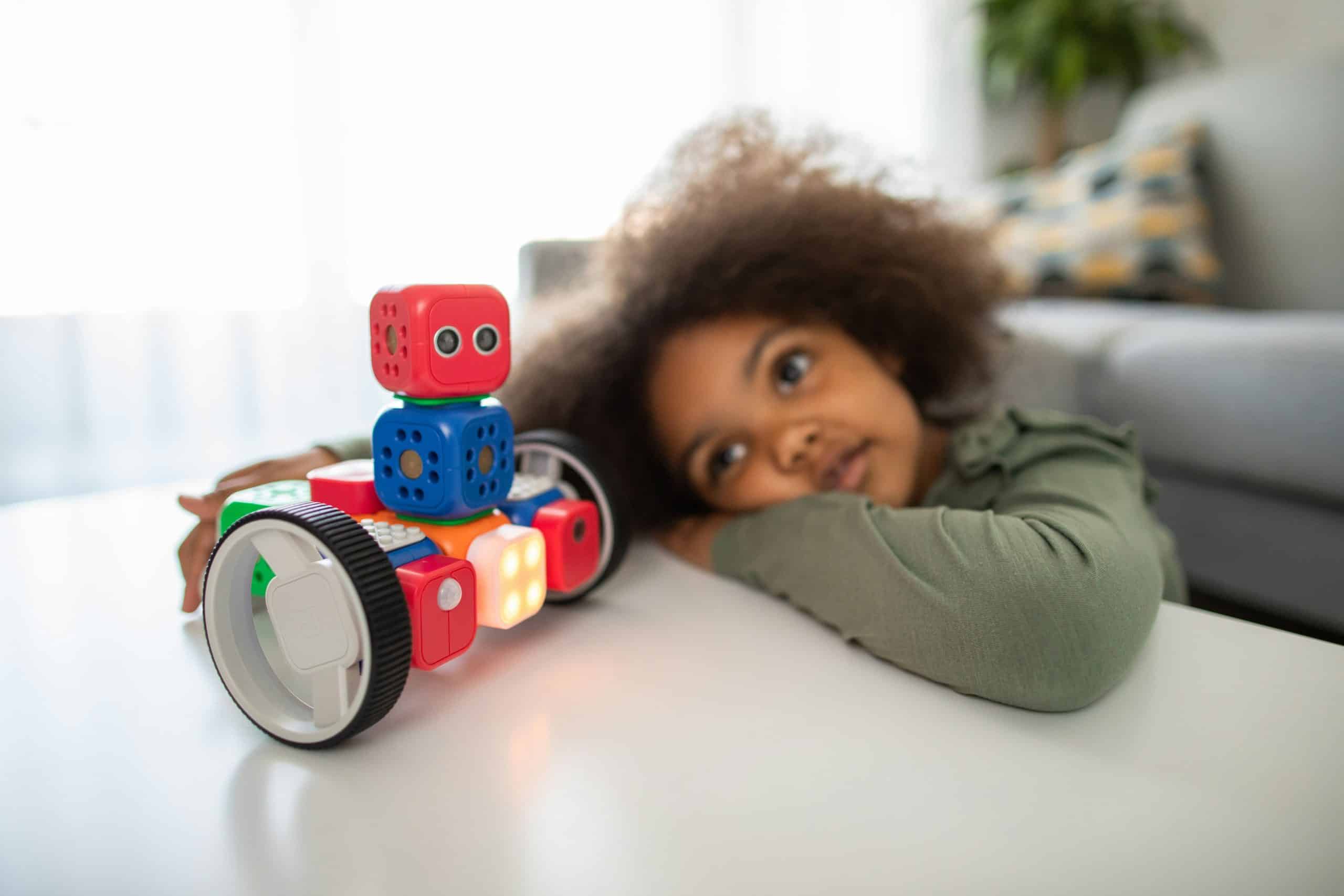According to recent studies, children spend an average of 4-6 hours daily on screens. As a parent and child development specialist, I’ve witnessed firsthand how the right unplugged toys can transform playtime into an enriching experience. The magic happens when we choose toys that spark creativity and maintain engagement naturally.
Classic Building Toys That Stand the Test of Time
Building toys remain foundational tools for child development, fostering spatial awareness, problem-solving skills, and creativity. LEGO systems offer age-appropriate options, from DUPLO blocks for toddlers to complex Technic sets for older children. These graduated difficulty levels ensure children remain challenged while building confidence in their construction abilities.
Magnetic construction sets introduce an element of scientific discovery alongside building skills. The polarity of magnets creates natural learning opportunities about attraction and repulsion, while the satisfying “click” of connecting pieces provides immediate feedback. Popular options like Magna-Tiles and Magformers encourage three-dimensional thinking and geometric understanding.
Traditional wooden blocks hold timeless appeal, offering unlimited possibilities for creative expression. Unit blocks teach mathematical concepts through hands-on play, while architectural sets featuring columns, arches, and bridges inspire future designers. The natural texture and weight of wooden materials provide a sensory experience plastic toys cannot replicate.
Maintaining children’s interest in building materials requires strategic rotation. Creating a schedule to swap out different construction sets prevents overfamiliarity while allowing time to fully explore each toy’s potential. Combining multiple building systems can spark fresh ideas and extend play value.
Creative Art Supplies That Spark Imagination
Multi-medium art kits serve as gateways to artistic exploration across age groups. Young children benefit from washable materials and chunky tools designed for developing motor skills. Older kids thrive with more sophisticated supplies like quality colored pencils, watercolors, and mixed media materials that support their growing artistic abilities.
Mess-free art options provide creative outlets while minimizing cleanup. Water-reveal coloring books, reusable sticker sets, and special markers that only work on designated papers allow artistic expression without paint spills or crayon marks on walls. These solutions work particularly well for travel or situations requiring contained activities.
Open-ended craft supplies encourage unrestricted creativity. Basic materials like pipe cleaners, pom-poms, craft sticks, and adhesives can transform into countless projects. The key is providing varied textures, colors, and components without prescribing specific outcomes.
Proper storage solutions protect art materials while making them accessible for spontaneous creation. Clear containers, labeled drawers, and rotating displays help children independently select materials. Organizing supplies by type or project encourages responsible use and care of creative tools.
Sensory Play Tools for Extended Engagement
Kinetic sand and modeling compounds provide hours of tactile exploration. These materials maintain their consistency without drying out, allowing children to squeeze, shape, and create repeatedly. Different textures and colors add variety to the sensory experience while supporting fine motor development.
Water play tables create opportunities for scientific discovery and imaginative play. Adding measuring cups, funnels, and floating objects teaches concepts like volume and buoyancy. Indoor water tables with proper containment systems allow year-round sensory exploration while managing mess.
Texture-based exploration tools introduce children to diverse tactile experiences. Sensory bins filled with rice, beans, or pasta provide opportunities for scooping, pouring, and buried treasure hunts. Textured balls, brushes, and manipulatives support sensory integration and processing skills.
Research demonstrates numerous benefits of sensory play for child development. These activities strengthen neural connections, develop language skills through descriptive vocabulary, and support emotional regulation. Regular sensory experiences help children process environmental information and respond appropriately to various stimuli.
Active Play Equipment for Indoor and Outdoor Use
Age-appropriate climbing structures develop gross motor skills and confidence. Indoor options like climbing triangles and balance beams provide year-round movement opportunities. Outdoor equipment should include varying challenge levels to maintain engagement as skills progress.
Child-sized sports equipment encourages physical activity and coordination development. Adjustable basketball hoops, lightweight tennis rackets, and properly sized balls allow successful participation in sports activities. These tools build fundamental movement skills while fostering enjoyment of physical activity.
Movement-based toys and games combine play with exercise. Balance boards, hop scotch mats, and dance games make physical activity entertaining. Interactive options that incorporate technology can motivate reluctant movers while teaching new skills.
Safety considerations must guide active play equipment selection. Proper padding, stable construction, and appropriate scale for the child’s size prevent injuries. Regular inspection and maintenance of equipment ensures continued safe use.
Educational Toys That Make Learning Fun
Science experiment kits transform abstract concepts into hands-on discoveries. Age-appropriate chemistry sets, microscopes, and nature exploration tools spark scientific curiosity. Regular replenishment of consumable materials maintains interest in scientific investigation.
Mathematical manipulation tools support numerical understanding through concrete experiences. Base-ten blocks, fraction circles, and pattern blocks make abstract concepts tangible. Games incorporating mathematical thinking provide entertaining practice opportunities.
Language development games build vocabulary and communication skills through play. Letter recognition tools, storytelling prompts, and word-building activities support literacy development. Multi-language options expose children to diverse sounds and linguistic patterns.
Geography and culture exploration sets broaden children’s worldview through hands-on learning. Puzzle maps, cultural artifact collections, and international cooking kits create connections to global communities. These materials foster cultural awareness and appreciation for diversity.
Your Guide to Success
The key to keeping children engaged without screens lies in choosing toys that grow with them and encourage open-ended play. Remember to rotate toys regularly and create dedicated play spaces that invite exploration. By incorporating these screen-free options into your child’s routine, you’ll foster creativity, independence, and healthy development naturally.

